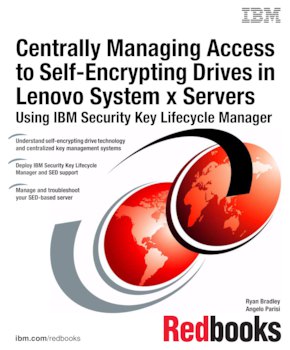About cookies on this site Our websites require some cookies to function properly (required). In addition, other cookies may be used with your consent to analyze site usage, improve the user experience and for advertising. For more information, please review your options. By visiting our website, you agree to our processing of information as described in IBM’sprivacy statement. To provide a smooth navigation, your cookie preferences will be shared across the IBM web domains listed here.

Published on 16 March 2015
Order hardcopy
Share this page:
ISBN-10: 0738440493
ISBN-13: 9780738440491
IBM Form #: SG24-8247-00
Authors: Ryan Bradley, Ryan Bradley and Angelo Parisi
Abstract
Data security is one of the paramount requirements for organizations of all sizes. Although many companies invested heavily in protection from network-based attacks and other threats, few effective safeguards are available to protect against potentially costly exposures of proprietary data that results from a hard disk drive being stolen, misplaced, retired, or redeployed.
Self-encrypting drives (SEDs) can satisfy this need by providing the ultimate in security for data-at-rest and can help reduce IT drive retirement costs in the data center. Self-encrypting drives are also an excellent choice if you must comply with government or industry regulations for data privacy and encryption.
To effectively manage a large deployment of SEDs in Lenovo® System x® servers, an organization must rely on a centralized key management solution. This IBM Redbooks® publication explains the technology behind SEDs and demonstrates how to deploy a key management solution that uses IBM Security Key Lifecycle Manager and properly setup your System x servers.
Table of Contents
Part 1. Technology and configuration
Chapter 1. Technology primer
Chapter 2. Supported systems and sample configuration
Part 2. Hands-on configuration
Chapter 3. IBM Security Key Lifecycle Manager setup
Chapter 4. Integrated Management Module configuration
Chapter 5. UEFI configuration
Chapter 6. Managing your System x server SED deployment
Appendix A. Local key management alternatives
Appendix B. Troubleshooting
Appendix C. Licenses and software